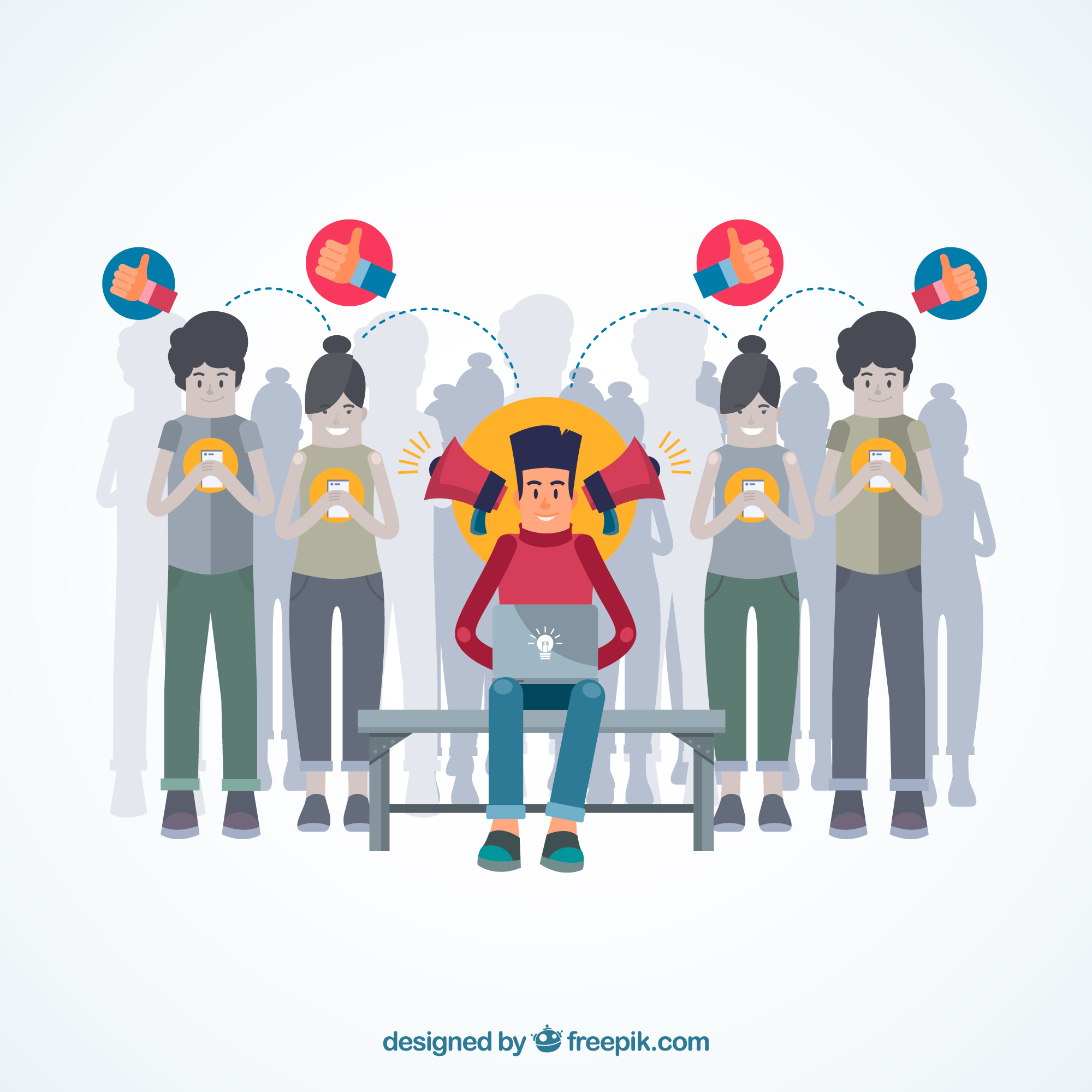Introduction
Have you ever struggled to access a research paper right before an assignment deadline? Maybe you found the perfect article summary on Google, but the full paper was locked behind a paywall. If this sounds familiar, you’re not alone. For years, students everywhere faced the same problem: research existed, but reaching it wasn’t always easy.
That’s changing—and fast.
Today, digital publishing is rewriting the entire experience of reading, sharing, and learning from research work. Whether you study engineering, arts, science, business, social sciences, or anything in between, the shift toward digital platforms has opened doors that were tightly shut earlier. In this blog, we’ll talk about how digital publishing is making research more accessible, why this shift benefits students like you, and what this means for your learning journey.

So grab a cup of coffee and let’s explore a world where knowledge isn’t locked away anymore.
What Exactly Is Digital Publishing?
Before we go further, let’s get one thing clear: what do we mean by digital publishing?
In simple words, digital publishing includes:
- Online journals
- E-books
- Research repositories
- Digital libraries
- Open-access platforms
- University archives
- Online databases like JSTOR or Google Scholar
Imagine traditional publishing—but without the printing press, without physical books, and without geographical limits. Everything is shared online, usually instantly.
Now let’s understand why this shift matters so much for students.
Why Research Access Was Difficult Earlier
If you’ve ever visited a university library before exams, you know the struggle. Students rushing to grab the only copy of a textbook, outdated journals, limited library hours, and long waiting lists for essential reading materials… this used to be normal.
Earlier, research access was restricted because:
- Physical copies were limited
- Buying journals was expensive for individuals and institutions
- Distribution across countries took time
- Libraries had space limits
- Only large institutions could afford premium research databases
This meant that students in small towns, rural areas, or budget-limited colleges rarely received equal access to global-quality research.
But digital publishing changed that completely.
How Digital Publishing Is Making Research More Accessible
Below are the most impactful ways digital publishing is breaking old barriers and reshaping how students access research today.
1. Instant Availability: No More Waiting for Books or Journals
One of the biggest advantages of digital publishing is speed. Earlier, you might have waited weeks for a book or research paper to arrive in your library. But now?
- You click a link
- The research opens instantly
Have an assignment due tomorrow? Preparing for a quiz? Need to verify a concept? Digital platforms make information available within seconds.
Think about how much time you save when you don’t have to depend on library hours or physical stock limitations. It’s like carrying an entire library in your pocket.
2. Global Accessibility: A Student in Any Corner of the World Can Learn Anything
For decades, top-tier research stayed within elite universities. But now digital publishing research access has made it possible for:
- Students in remote areas
- Learners from developing countries
- Individuals who can’t afford expensive material
…to read the same research as students in major universities.
Isn’t it incredible that someone in a small town now has the same learning opportunities as someone in a top-ranked institution abroad? It levels the academic playing field and encourages more equal growth.
3. Open Access Movement: Free Knowledge for Everyone
If you’ve come across the term open access, you already know it’s changing the world of research.
Open access journals allow you to read, download, and share research without paying anything.
Digital publishing made this possible because:
- There’s no printing cost
- Distribution is free
- Journals can reach millions of readers instantly
For students who always wondered, “Why is this paper so expensive?” this shift has been life-changing. Now you can explore thousands of research articles without worrying about cost.
4. Searchability: Finding Accurate Information Faster
Imagine reading a 300-page PDF. Without search tools, locating one specific line or topic would take forever. But digital platforms allow:
- Keyword search
- Highlight options
- Cross-referencing
- Quick navigation through sections
- Instant citations
Let’s say you’re writing a project on climate change. Instead of reading entire books, you can type “carbon emissions” and jump directly to relevant sections. This is the kind of efficiency earlier generations could only dream of.
5. Updated Information: No More Outdated Textbooks
Traditional books often become outdated within a few years because printing revisions takes time and money. But digital publishing solves this instantly.
Research papers and online materials are updated frequently, which ensures:
- You study the latest theories
- You learn about new discoveries immediately
- Your projects stay relevant
- You get fresh, current data
If you’re studying subjects that evolve quickly—like technology, healthcare, environment, economics—updated research is extremely important.
6. Convenience: Carry a Whole Research Library in Your Smartphone
Let’s be honest—how many heavy textbooks do you enjoy carrying around?
Digital publishing gives you:
- PDFs
- E-books
- Online notes
- Mobile-friendly journals
You can study on your bus ride, during a break, or while traveling. All you need is an internet connection (and sometimes not even that, if you download the files).
This flexibility has encouraged more students to read research because the effort required is much lower.
7. Collaboration & Sharing: Students Can Learn Together Easily
Have you ever wanted to share a research paper with your friend instantly? Digital research platforms let you:
- Share links
- Exchange PDFs
- Work on documents together
- Save citations in Google Drive or tools like Zotero
- Discuss research online
Group projects become easier. Study groups function better. Seniors can guide juniors quickly. Teachers can share material instantly.
This kind of learning experience simply wasn’t possible during the physical-only research era.

The Role of Digital Libraries and Repositories
Digital libraries like National Digital Library of India, Google Scholar, PubMed, IEEE Xplore, and university e-libraries are transforming student research.
They provide:
- Thousands of free papers
- Access to books that are otherwise very expensive
- Rare studies that aren’t printed anymore
- Subject-wise collections
- Advanced filtering options
Ask yourself: when was the last time you found everything you needed on the first search itself? Probably recently—and that’s the power of digital publishing.
How Digital Publishing Supports Self-Learning
Today, self-learning is becoming more popular. Coding, psychology, economics, literature, medicine—everything is available online. Digital publishing research access encourages students to:
- Explore topics outside their syllabus
- Improve their skills
- Prepare for competitive exams
- Build strong conceptual clarity
- Complete projects independently
When knowledge becomes accessible, curiosity grows.
Affordable Education: A Huge Benefit for Students
Let’s face it—education can be expensive. Buying even one academic textbook can cost a lot. Digital publishing reduces costs drastically because:
- Many books are available online at lower prices
- Many articles are completely free
- Students don’t need to buy multiple physical books
- Notes and research papers are downloadable
When costs drop, learning becomes easier for everyone.
Inclusivity: Support for Students With Disabilities
Digital platforms often include:
- Text-to-speech
- Audio research papers
- Adjustable font size
- Screen reader compatibility
- High-contrast reading modes
This makes research more accessible for students with:
- Visual challenges
- Reading difficulties
- Learning disabilities
Digital tools have created a more inclusive academic environment for everyone.

Critical Thinking: Are Students Becoming Smarter Researchers?
With thousands of sources online, students now learn to:
- Compare multiple studies
- Evaluate credible sources
- Understand different viewpoints
- Question outdated information
- Develop sharp analytical skills
Earlier, limited access meant limited perspectives. Now, you can look at problems from various angles and form your own understanding.
Questions Students Commonly Ask
To keep you thinking, here are some questions worth exploring:
- Are digital resources more reliable than printed textbooks?
- How do you verify the credibility of an online research paper?
- Should universities shift completely to digital libraries?
- How many students still struggle with online access?
- Does easy access make students more curious or more distracted?
These questions are part of the larger discussion about the future of digital publishing.
Challenges of Digital Publishing (And Why They Are Improving)
Nothing is perfect, right?
Digital publishing also faces certain challenges:
1. Internet dependency
Some students still lack strong internet access.
2. Information overload
Too much information makes it difficult to pick the best sources.
3. Quality control
Not everything online is reliable.
4. Screen fatigue
Long study hours on screens can be exhausting.
But the good news?
These issues are being addressed through:
- Offline access options
- Curated academic platforms
- Peer-reviewed journals
- E-readers designed for long reading
- Study apps that filter authentic resources
The digital world isn’t perfect, but it’s improving every day.
The Future of Digital Publishing for Students
What’s coming next? Probably even more exciting developments:
- AI-powered research summaries
- More open-access journals
- Interactive textbooks
- Research papers with embedded videos and animations
- Real-time collaboration tools
- Global student research communities
Imagine studying a biology concept through a research paper that includes 3D animations or learning physics from interactive simulations built directly into the publication. That’s the future students like you will experience.
Conclusion
Digital publishing is not just a trend—it’s a revolution in how students learn, explore, and understand the world. It has turned research from a privilege into a basic right. Whether you’re preparing a project, studying for exams, or exploring your personal interests, digital publishing research access ensures that knowledge is always within reach.
From instant availability and global access to affordability and collaboration, digital publishing has reshaped the academic world in countless positive ways. As students, you now have the power to learn beyond boundaries, beyond textbooks, and beyond the limitations earlier generations faced.
The future of learning is open, connected, and accessible—and you’re already part of it.

FAQs
1. What is digital publishing in simple words?
Digital publishing means sharing books, journals, and research papers online instead of printing them. You can read everything on your phone or laptop anytime.
2. How does digital publishing improve research access for students?
It gives instant access to research papers, e-books, and journals from anywhere, so students don’t have to rely only on libraries or physical books.
3. Why is digital publishing better than traditional publishing?
It’s faster, more affordable, always updated, easier to search, and doesn’t limit access to only a few physical copies.
4. What is open-access publishing, and why is it important?
Open-access publishing means research papers are available online for free. Students can read and download them without paying.
5. Is digital publishing reliable for academic research?
Yes—most universities, journals, and researchers publish peer-reviewed work online, making it trustworthy and widely used for projects, assignments, and exams.
Disclaimer: The information provided in this blog is for general informational and educational purposes only. Mantech Publications is not affiliated, associated, authorized, endorsed by, or in any way officially connected with any brands, companies, organizations, or institutions mentioned in the content. The views and opinions expressed in the blog posts are solely those of the individual authors and do not necessarily reflect the official policy, position, or opinions of Mantech Publications. While efforts are made to ensure the accuracy and reliability of the information provided, Mantech Publications and its management accept no responsibility or liability for any loss, damage, or inconvenience caused as a result of reliance on the material published on this website









Leave a Reply